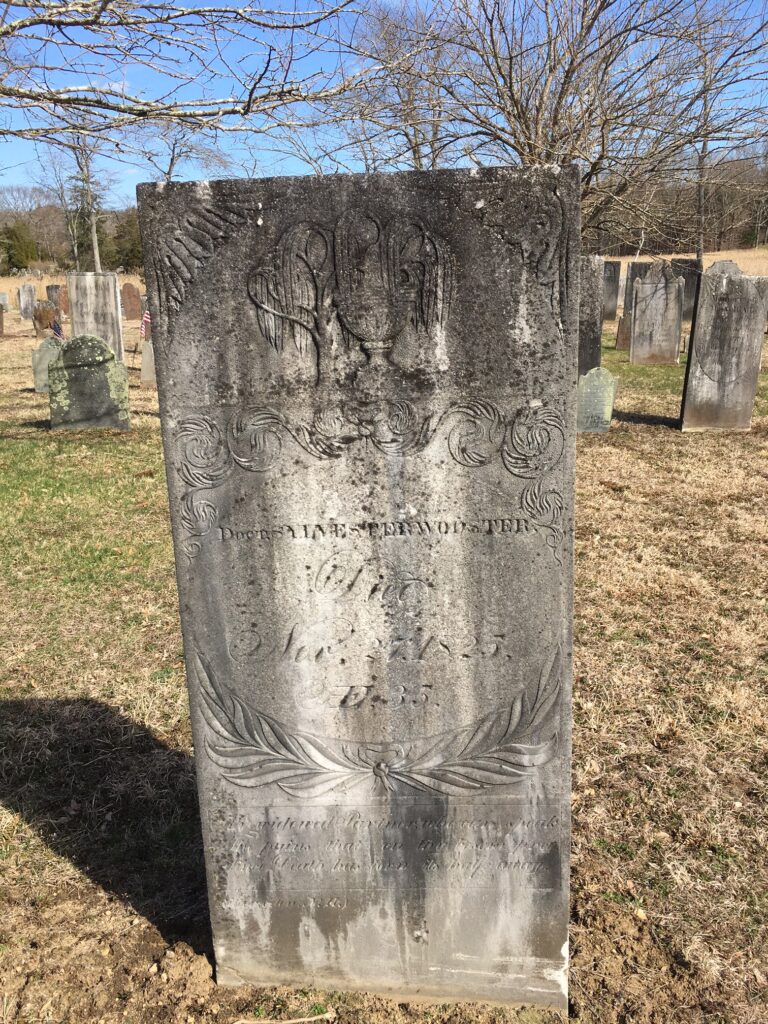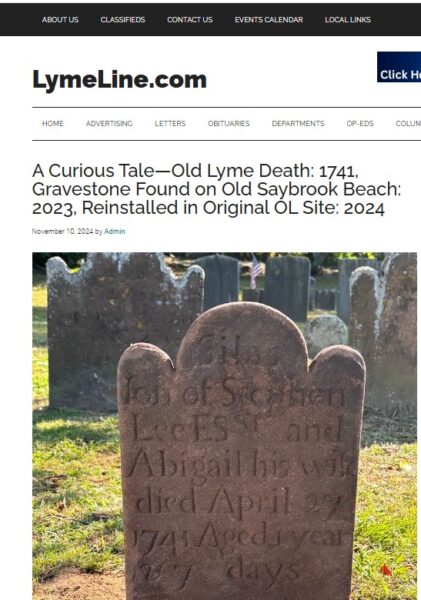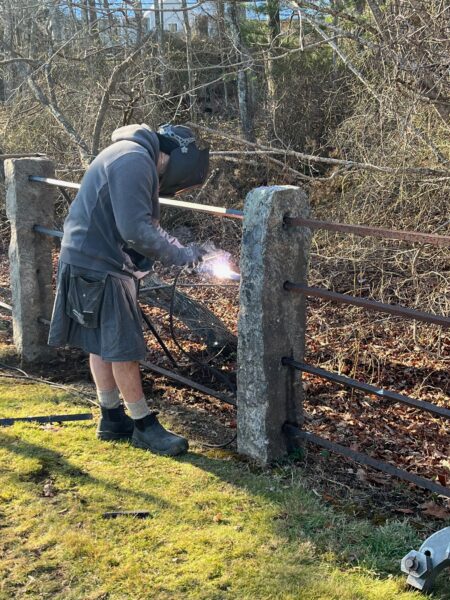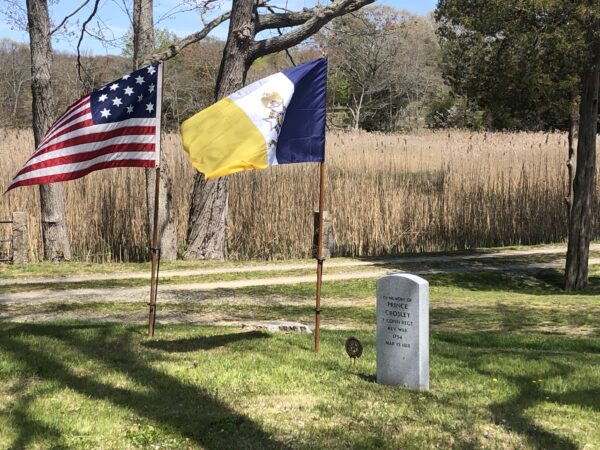STORIES IN STONE
DR. SYLVESTER WOOSTER
Dr. Sylvester Wooster (1790-1825) provided medical care to Lyme families for eleven years before his death at age 35. He arrived in 1814, the year British seamen torched a shipyard across the river at Essex during the War of 1812, to take over the practice of Dr. Thomas Miner, who had moved to Middletown.
Considered an eligible “beau” by the young women of the village, Dr. Sylvester married in 1818 Louisa Hayden, niece of Essex shipbuilder Uriah Hayden. Wooster took as an apprentice Lyme shipyard owner Edward Hill’s son Christopher, who assisted in the delivery of medical care from Dr. Wooster’s home on the “town street.”
A typhus epidemic that swept through New England claimed Dr. Wooster’s life in 1825. A summer heat wave contributed to the spread of the “prevailing fever,” and the mercury was reported to stay between 90 and 94 degrees for several hours each day in the rooms of the sick. Five other physicians besides Dr. Wooster died in nearby towns in the “almost unparalled” outbreaks of typhus in 1823 and 1825.
Dr. Wooster almost certainly treated Robert McCurdy, age 23, who also lived on the town street and was said to be “dangerously sick with the typhus fever” in 1823. Opium was considered “the most important remedy,” along with alcohol, bleeding, and plasters heated “to the blistering point” and applied to the forehead. Lyme’s Sound Breeze newspaper later opined that the actual cause of death for Dr. Wooster and others in 1825 was the “excessive bloodletting employed by the doctors of the day.” Dr. Wooster left behind his wife and two young sons. The epitaph on his gravestone laments: “Ah widowed partner.”
— Carolyn Wakeman

Gravestones in Duck River Cemetery have stories to tell about the lives of those who passed before us in the Lyme region and the events that shaped the development of a Connecticut town, distinguished by its prominent lawyers and ministers, its shipbuilding and maritime trade, its architecture and scenic landscape, and its contributions to education, conservation, and the arts.




